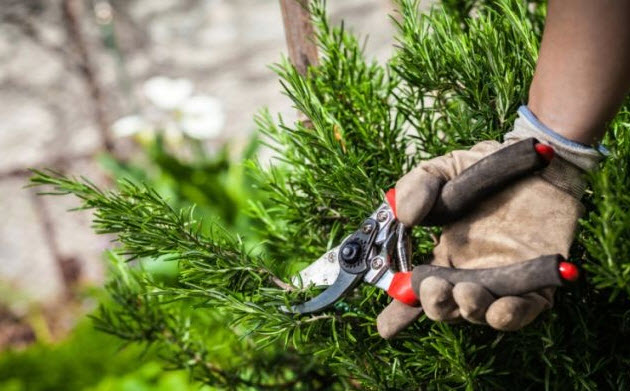Pruning the Trees Needs the Right Service, and Now You Have That
That
regular pruning is important for the healthy growth of a tree or shrub that you
know by now. After all, pruning is growing! But how can you best prune trees
and when? We explain it to you.
When to prune trees?
The
period in which you can best prune a tree depends on the type of tree and the
degree to which you want to prune. Knot trees can best be pruned in the period
from November to February.
Light
maintenance pruning (summer pruning) can be done in the period from June to the
end of October. The branches then run out nicely and through the pruning there
can be enough light everywhere in the tree. Note: prunes are best pruned in the
period from July to September.
Points of attention when pruning
Pruning
trees is quite an art and it therefore requires the necessary experience to
master it. Especially fruit trees require the necessary insight, at least if
you want to have a good relationship between growth branches and fruit
branches. There are books full written about tree pruning and you can follow a
pruning workshop almost everywhere. It is therefore difficult to briefly
explain how to do this. However, we can give you some tips so that you can
avoid beginner’s mistakes.
Use sharp tools: this prevents the
formation of ragged wounds that mold and bacteria grow into.
Remove
double knots (competitors) as much as possible. Would you keep one main branch
that grows straight up.
Do
not cut away more than a third of the crown in one go. If you prune too much,
the tree will make water locks. These are upright branches that grow very
quickly and will not bear fruit. Follow us on: Twitter
Always
prune away dead wood and prevent branches from rubbing against each other.
Do
not cut fruit trees in rainy weather. The wounds are then extra sensitive to
fungal infestation, which gives you more chance of fruit tree cancer.
Pruning wounds or not
Pruning
trees sometimes brings pruning wounds for a tree. In principle, you do not have
to treat too many pruning wounds of a tree, especially when you prune in the
right period. It does cost the tree some reserves to close the wound in a
natural way, but usually it works well on its own. However, if you prune in the
wrong period, the tree can lose a lot of juice. It is difficult to stop this
process because the pressure with which the juice is pushed out is quite large.
A wound covering means will then remain inconvenient or it will close too much.
This keeps the moisture trapped in the wound, which in turn can lead to rot.
However,
it can sometimes be useful to cover pruning wounds, for example with stone
fruit trees such as apricot, cherry, peach or plum. These species are
susceptible to the lead glaze and by the use of a wound agent with fungicidal
action, you can sometimes prevent this disease from occurring. You can also
prevent fruit tree cancer in certain cases.
Whether
or not you should treat a pruning wound depends on the kind of tree and the
period in which you prune. Unfortunately, opinions differ on this subject and
there is not one appropriate answer to this question. Inquire about this
subject from a professional tree grower.
Search for garden contractor





Comments
Post a Comment